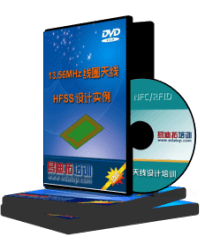- 易迪拓培训,专注于微波、射频、天线设计工程师的培养
GNSS 自适应阵列天线引入误差的分析与估算
录入:edatop.com 点击:
GNSS 自适应阵列天线引入误差的分析与估算
内容简介:自适应阵列天线作为全球卫星导航系统(global navigation satellite system,GNSS)抗干扰应用中的重要工具,已经得到了广泛应用。然而,自适应阵列天线在抑制干扰的过程中,破坏了 GNSS 信号的完整性,给GNSS 接收机测量引入了新的误差。首先从理论上分析测量误差的来源,然后通过仿真分析自适应阵列天线对接收机码相关函数的影响,最后提出一种码/载波相位偏差估算方法,并进行了引入测量误差大小的估算。实验结果表明,自适应阵列天线引入的测量误差具有不确定性,主要是由码相位偏差引起的,引入的伪距误差甚至达到几十米。在高精度应用中,这些误差必须被消除或补偿。
Abstract:Adaptive antenna arrays,as effective tools for interference suppression,have been widely used in the global navigation satellite system (GNSS).However,in the processing of interference suppression,the adaptive antenna arrays destroy the integrity of GNSS signals and lead to measure errors for GNSS receivers. The sources of measure errors are derived in theory firstly.Then the effect of adaptive antenna arrays on the code correlation function of the receive is analyzed by simulation.Finally,a measure method of code phase bia-ses is proposed and pseudo-range errors are evaluated.Simulation results show that the measure errors induced by adaptive antenna arrays are random values and mainly induced by code phase errors,and the pseudo-range er-rors even reach tens of meters.In precise applications,these errors must be mitigated or compensated.
作者:赵宏伟, 冯娟, 廉保旺,
关键词:自适应阵列天线, 测量误差, 自相关函数, 码相位偏差,










